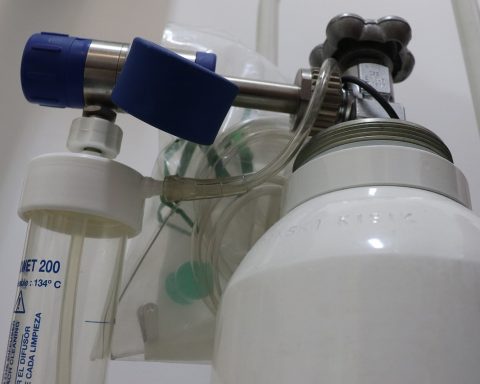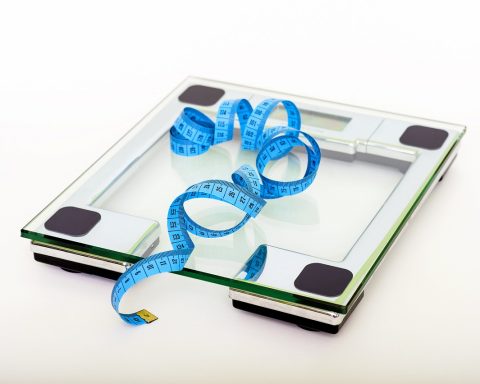Very low birth weight infants have a higher risk for osteopenia (i.e., thin and weak bones). Most preventive therapies focus on nutritional changes, which, unfortunately, have not yielded the best results.
However, some recent studies have shown that controlled physical activity strengthens babies’ bones. Specifically, passive, motion-assisted exercises improved bone mineralization and strength. All of these studies recommend exercising once a day for a period of four weeks.
Another Research Study
Some Israeli scientists conducted a study titled “The Effect of Assisted Exercise Frequency on Bone Strength in Very Low Birth Weight Preterm Infants: A Randomized Control Trial” to determine if a twice-a-day exercise protocol was safe and if it had better long-term results than a once-a-day exercise regimen. The study was first published in May 2016 by Calcified Tissue International.
The researchers selected thirty-four newborns with very low birth weight to participate in the trial. All the infants had a birth weight less than 1,500 grams, were at least two weeks old, and did not suffer from any congenital malformations or severe disorders of the central nervous system. The researchers also obtained parental consent for each infant.
The thirty-four babies were randomly assigned into one of three groups: a twice-a-day exercise group (thirteen infants); a once-a-day exercise group (eleven infants); and a no-exercise, control group (ten infants).
The exercise program included passive extension and flexion range-of-motion exercises of both the upper and lower extremities. Qualified personnel performed the exercise routines, which consisted of five repetitions at the wrist, elbow, shoulder, hip joint, knee, and ankle. The exercises were performed five times a week for four weeks, once or twice daily, depending on the group to which the infant was assigned.
The researchers measured the infants’ weight, length, head circumference, and bone speed of sound (SOS) at enrollment as well as at two and four weeks into the study. The bone SOS was measured by a special ultrasound device.
What Were the Results?
There were no important differences in the anthropometric measurements or in the patronymic data among the different groups. The bone SOS decreased significantly in all the groups during the four weeks of the study. However, the bone SOS of the no-exercise group was even lower than the bone SOS of the two assisted-exercise groups.
But the really important findings were those obtained by comparing the two assisted-exercise groups.
Both assisted-exercise groups had better bone SOS than the control group. However, four weeks into the study, there was a statistically significant difference between the twice-a-day exercise group and the once-a-day exercise group. Specifically, the bones of the babies who exercised twice a day were thicker and stronger than the bones of the babies who exercised only once a day.
No exercise-related adverse events were recorded.
It is known that mechanical load is an important stimulator in the formation of children’s bones, but since premature babies are relatively hypotonic, physical activity must be assisted. Several years ago, researchers showed that passive exercises had a positive effect on bone properties and improved weight gain, but this current study is the first one to demonstrate that the effects of exercise on bone strength is dose-related, with a twice-daily intervention having a better effect than a once daily protocol.
The researchers recommend that new studies be carried out with a larger population and over longer periods of time since these were the main limitations of this study.
In conclusion, assisted-exercise programs combined with appropriate nutrition can promote bone strength in very low birth weight preterm infants. Assisted physical activity attenuates the postnatal decrease of bone SOS in a dose-related manner. Furthermore, the twice-daily protocol was safe and had a greater effect on bone strength than the once-daily intervention.
Consult a pediatrician to address any questions or concerns.
Reference
Litmanovitz, Ita, Hedva Erez, Alon Eliakim, Sofia Bauer-Rusek, Shmuel Arnon, Rivka H. Regev, Gisela Sirota, and Dan Nemet. “The Effect of Assisted Exercise Frequency on Bone Strength in Very Low Birth Weight Preterm Infants: A Randomized Control Trial.” Calcified Tissue International 99, no. 3 (2016): 237–242. Retrived from https://link.springer.com








